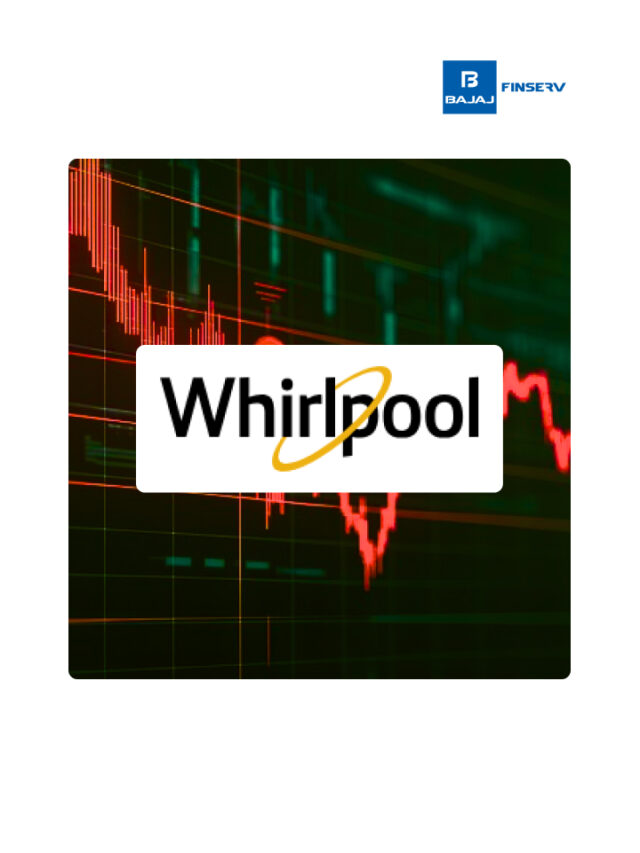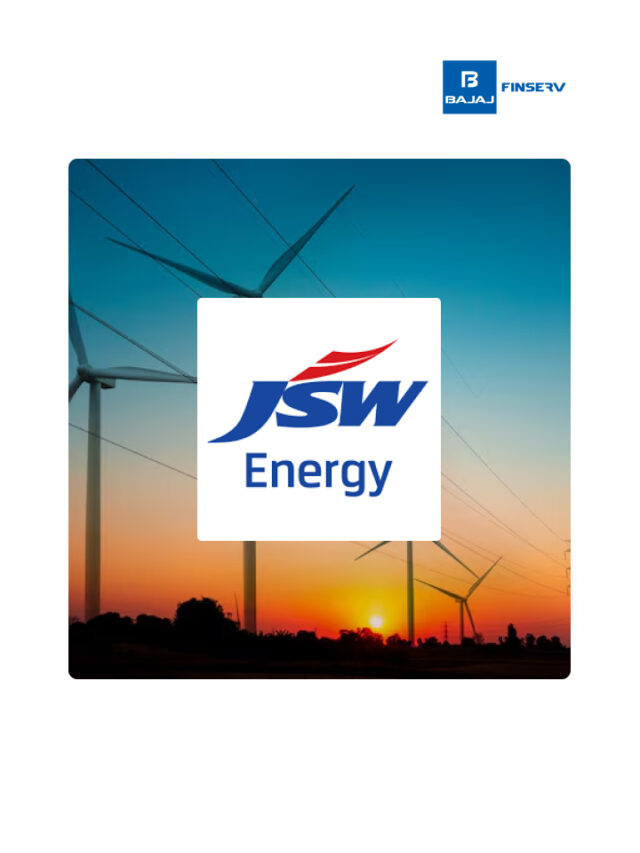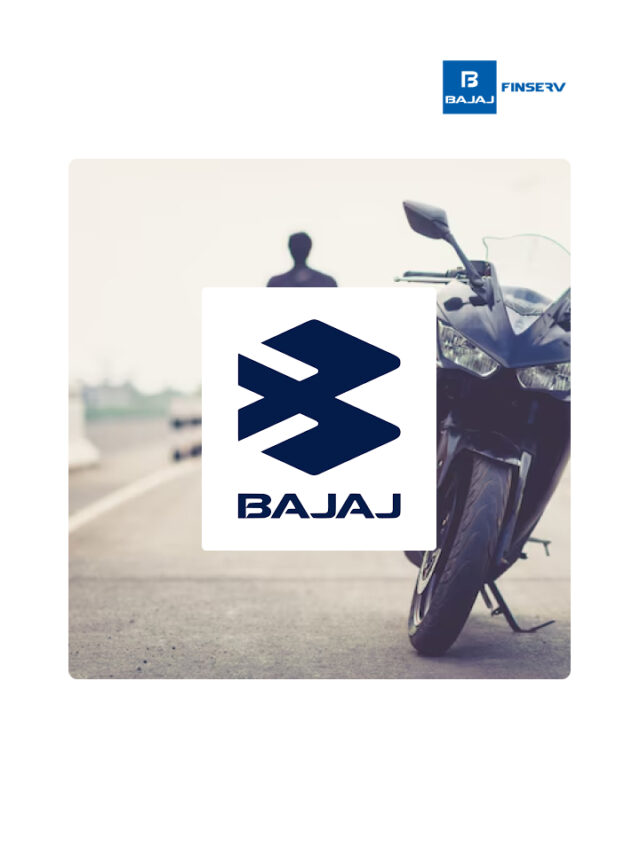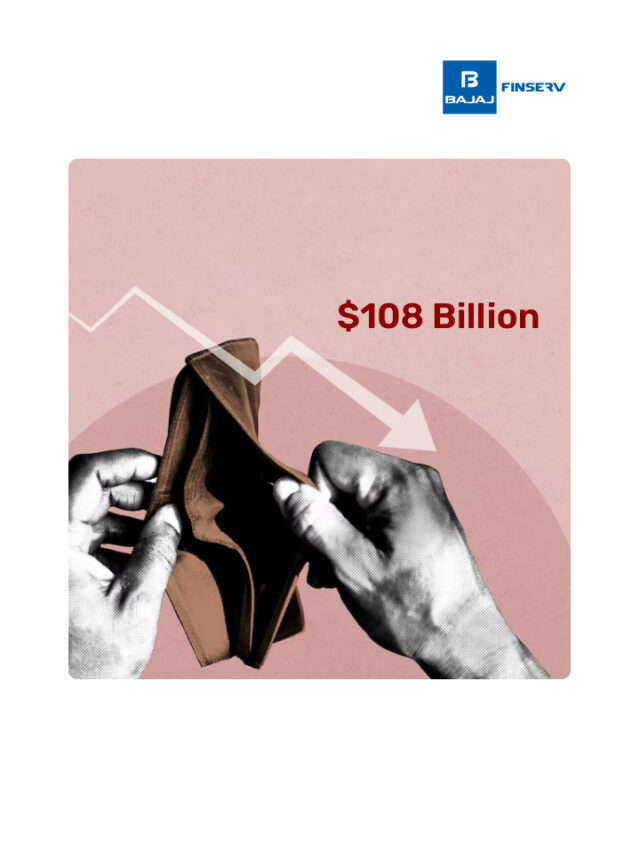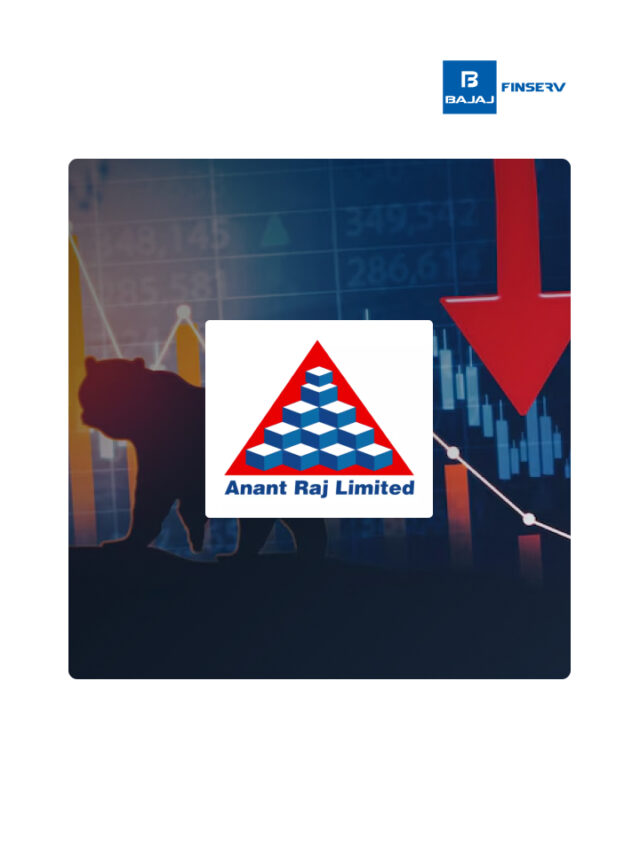What is a Share Buyback?
Last Updated on October 26, 2023 by BFSLTeam BFSLTeam

Have you ever wondered why a company would buy back its own shares? After all, shouldn’t a company be more focused on selling shares to raise capital, instead of paying to get them back? Actually, share buybacks are a strategic financial move that can have significant implications for a company and its investors. Let us tell you the meaning of a share buyback, explore its purpose, and showcase its impact on both businesses and shareholders.
Table of Content [hide]
A share buyback is a financial process through which a company purchases its own outstanding shares from the market using the funds available at its disposal. The repurchase of the shares, by the company, is often done as an alternative to paying dividends to its shareholders.
- Enhancing Shareholder Value: One of the primary reasons companies opt for buying back its own shares is to enhance shareholder value. By reducing the number of outstanding shares in the market, a company’s earnings per share (EPS) can increase, potentially making the shares more attractive to investors.
- Capital Structure Optimisation: Share buybacks allow companies to adjust their capital structure. By reducing the equity base, a company can achieve a more favourable debt-to-equity ratio, which can lead to improved financial metrics and creditworthiness.
- Signalling Financial Health: A share buyback can signal to the market that the company considers its stock undervalued. This can boost investor confidence and attract more interest from potential shareholders.
- Tax Efficiency: In some cases, share buybacks can be a tax-efficient way to return value to shareholders. Capital gains tax on stock appreciation is typically lower than the tax on dividends, making buybacks an attractive option.
A share buyback, though seemingly straightforward, involves a series of steps that a company carefully orchestrates. This financial strategy requires meticulous planning, adherence to legal regulations, and strategic decision-making. Let’s delve deeper into the mechanics of how a share buyback unfolds:
- Authorisation and Announcement: Before a share buyback can take place, a company’s board of directors must authorise it. This decision is often influenced by factors such as available funds, company performance, and the overall market conditions. Once authorised, the company announces its intention to repurchase shares. This announcement can influence investor sentiment and share prices.
- Methods of Buyback: There are different methods a company can employ to buy back shares. These include open market purchases, where shares are bought from the secondary market at prevailing market prices, and tender offers, where the company specifies a price at which it is willing to buy back shares directly from shareholders.
- Timeline and Execution: After the announcement, the company initiates the buyback process. The timeline for the buyback can vary, and the company may spread out the repurchases over several months. This gradual approach helps prevent market disruption and allows the company to take advantage of opportune price levels.
- Purchase of Shares: Using its available funds, a company buys back shares either through a broker or through a direct negotiation process. The repurchased shares become treasury shares, effectively reducing the total number of outstanding shares in the market.
- Regulatory Compliance: Companies must adhere to regulatory requirements while conducting share buybacks. In India, buybacks are governed by the Companies Act, 2013, and the Securities and Exchange Board of India (Buyback of Securities) Regulations, 2018. These regulations stipulate conditions, including limits on the quantum of buybacks and the need for shareholder approval.
- Financial Impact: A successful share buyback can have several financial implications. The reduction in the number of outstanding shares can lead to an increase in metrics like earnings per share (EPS) and return on equity (ROE). However, it’s important to note that while these metrics may appear more favourable, they should be analysed in conjunction with other performance indicators.
- Shareholder Benefit: Treasury shares do not receive dividends and do not have voting rights. Consequently, the buyback benefits shareholders who retain their shares, as their ownership stake increases. This can be particularly advantageous for long-term investors who see an increase in their proportion of ownership.
Impact on Investors
- Increased Ownership Percentage: Share buybacks can lead to an increased ownership percentage for existing shareholders. With fewer shares outstanding, each remaining share represents a larger ownership stake in the company.
- Potential Capital Gain: If a company buys back shares at a lower price than what shareholders initially paid, those shareholders could realise a capital gain when they eventually sell their shares.
- Potential for Increased Dividends: With fewer shares outstanding, a company’s future earnings can be distributed among a smaller shareholder base, potentially leading to increased dividends per share.
Also Read: Authorized Share Capital
Potential Drawbacks and Concerns
- Misalignment of Interests: It can be argued that share buybacks can sometimes be used to artificially boost stock prices and executive compensation rather than genuinely benefiting long-term shareholders.
- Missed Investment Opportunities: Funds used for share buybacks might be better allocated to growth-oriented initiatives, such as research and development or expansion.
While share buybacks offer advantages, they also present potential risks, such as signalling financial distress if misunderstood. To mitigate these risks and maintain transparency, companies must provide clear communication about the buyback’s purpose, expected impact, and adherence to regulatory guidelines.
Also Read: PE in the Share Market
This would be a good time to discuss another popular method that companies deploy to distribute value to their shareholders – Dividends – and how they differ from share buybacks. Both methods have distinct implications for investors and can influence a company’s financial structure. Let’s briefly discuss the differences between dividends and share buybacks, helping you gain clarity on these strategies and how they impact your investments.
Dividends are periodic payments that companies make to their shareholders out of their profits. These payments are typically in the form of cash, although some companies may offer dividends in the form of additional shares of stock. It provides a direct cash return on investment for existing shareholders, contributing to the total return of owning the company’s stock. Unlike a share buyback, dividends do not make any difference to the total outstanding shares of the company in the market.
- Cash Flow vs. Capital Allocation: Dividends require a consistent stream of cash flow, which may limit a company’s ability to invest in growth opportunities. Share buybacks offer more flexibility in capital allocation.
- Investor Preferences: Income-seeking investors often prefer dividends for regular cash returns. Investors seeking capital appreciation may favour share buybacks, which can lead to increased EPS and potential stock price appreciation.
- Tax Implications: Dividends are typically subject to taxation, while capital gains from share buybacks may be subject to different tax rates, depending on the jurisdiction.
- Frequency: While share buybacks are not that common, dividend payouts are a rather frequent occurrence.
In Summation
Share buybacks are a financial strategy that companies employ to manage their capital structure, signal financial health, and enhance shareholder value. While they have clear benefits, it’s important to carefully assess the motivations behind a share buyback and consider its potential long-term implications. As an investor, understanding share buybacks empowers you to make informed decisions and navigate the complex landscape of the stock market with confidence.
With a clearer understanding of share buybacks, you are better equipped to analyse a company’s financial decisions and assess its approach to enhancing shareholder value. As you continue your journey in the world of investments, remember that a grasp of fundamental concepts like share buybacks can contribute to your ability to make well-informed decisions, ultimately helping you achieve your financial goals.

